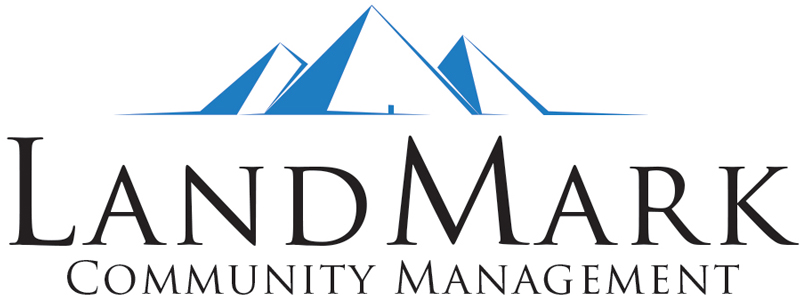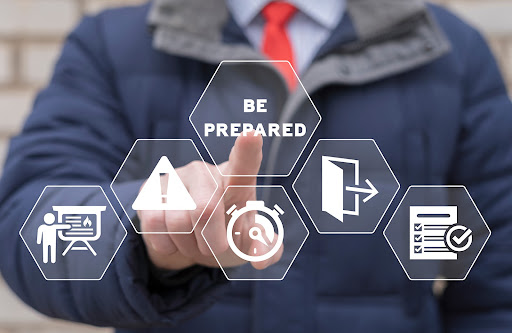An HOA emergency preparedness can make a world of difference in the event of a disaster. Board members should do their part in creating an emergency plan for the community. This way, the association can respond appropriately and quickly get the community back on track.
Understanding HOA Emergency Preparedness
Emergency preparedness refers to the steps a homeowners association takes to ensure the community is ready before, during, and after an emergency. It is an important part of managing an HOA community, particularly in a disaster-prone area.
However, emergencies are not confined to natural disasters such as earthquakes and hurricanes. Anything that poses a serious threat to life, health, and property falls under the umbrella of an emergency.
Most common emergencies include flooding or flash flooding, house fires, wildfires, hurricanes, tornadoes, earthquakes, and droughts. Less common emergencies, on the other hand, include terrorist attacks, nuclear threats, military threats, pandemics, biohazards, and toxic chemicals. While less common, these threats are still worth considering, as evidenced by the COVID-19 pandemic.
Is HOA Disaster Management the Board’s Responsibility?
While state and local governments are mostly in charge of emergency response, HOA communities can make significant contributions by planning their own emergency plan. An HOA board should be responsible enough to plan for disasters and other threats ahead of time. This way, the association can be prepared before anything happens.
First, the HOA board should determine the potential emergencies their community is exposed to. This includes natural disasters, some more frequently in certain areas. States in the southeast, for instance, tend to experience more hurricanes. You can find out which disasters are more common in your area through FEMA’s website.
Next, the board should create an emergency plan based on the identified potential threats. This plan should include evacuation protocols, response strategies, and essential documents.
If a disaster results in property damage, the board must schedule inspections. Inspections can help mitigate further damage and keep residents safe. It is also worth updating the association’s reserve study to accommodate changes.
Finally, the board should plan for possible repairs. If there are any damages to community property, it is imperative to repair or replace them as soon as it is deemed safe to do so.
Keep in mind that the HOA board likely can’t do all of this alone. It will need the help of trained professionals to conduct inspections and make repairs. An HOA management company can also help create the HOA emergency preparedness plan.
What to Include in an HOA Emergency Preparedness Plan
Coming up with an emergency plan for your HOA can be challenging. There are four main factors to consider, though. These are the association’s location, type, demographics, and features.
Location as a factor is rather self-explanatory. It will help your board determine what emergencies are more likely to occur in your area. On the other hand, association type refers to whether you have a single-family community, a condominium, a high-rise, etc. This will help your board plan evacuation routes.
Your HOA board should also consider the demographics of your community. If you have a large population of elderly residents, they may require more assistance. Thus, you must adjust your plan accordingly. Lastly, the features of your community – such as buildings and landscaping – should also be considered.
Once you have those factors in mind, it is time to create your HOA emergency preparedness plan. This plan should include the following:
1. Site Plan
The site plan refers to the visual representation of the entire community. This plan should highlight critical points in the neighborhood, including life stations, generators, debris staging areas, and shut-off valves.
2. Evacuation Plan
Your HOA emergency plan should also consist of an evacuation plan. This tells you how residents should evacuate and where to go when disaster strikes. Include maps to local shelters, generator-powered gas stations, hospitals, and essential stores.
3. Standard Protocols
Next, your emergency plan should contain standard procedures for all situations. For example, if the utilities shut off, what should residents do? What happens if certain buildings are deemed unsafe? Obviously, this will depend on the features of your community, so make sure to plan accordingly.
4. Debris Management
A homeowners association emergency plan should also consist of a debris management and removal plan. Some disasters can result in damaged property. With damaged property comes debris. As such, your HOA should know how to manage debris and where to move it to keep environments safe.
Of course, no one expects the board or homeowners to move the debris themselves. This is why your HOA should maintain a list of debris management vendors. Update this list regularly to ensure the accuracy of contact details.
5. Designated Meeting Location
When disaster strikes, communication may be limited. Therefore, your HOA should set a designated meeting location for residents. This is where residents can go for updates and assistance.
Meeting more frequently for the first few days following a disaster is a good idea to keep everyone on the same page. However, don’t plan meetings until local authorities say moving around is safe.
6. Notable Contacts
Every HOA disaster plan should contain a list of all essential contacts. These contacts should include the names and phone numbers of board members, HOA managers, lawyers, vendors, and insurance agents. It is also worth including a membership list to easily contact residents.
7. Budget Plan
Added expenses are a normal part of emergency response, especially if there is property damage. As such, your plan should include a budget to accommodate potential repairs and replacements. At this point, your HOA board should also decide whether or not to halt collections and provide financial assistance to residents in times of crisis.
Sometimes, the government will provide fund assistance to communities badly hit by a disaster. This does not always happen, though, and there is no guarantee that your HOA will even be qualified. Thus, your HOA board should take matters into your own hands.
8. Insurance Details
Many emergencies and resulting damages are covered by insurance. To maintain easy access to your insurance policy, your community association emergency plan should include all pertinent documents and details. These include all insurance policies, instructions for filing claims, and contact information.
9. Photos
Finally, make sure to document the condition of your community. Include photos of all common areas and elements before an emergency happens. It’s best to use a camera with a date stamp, too. These photos can come in handy when you’re filing a claim with your insurance company or applying for government fund assistance.
A Plan of Action
Safety and stability are important to the success of any association, but an emergency can quickly interfere with these. With an HOA emergency preparedness plan, an association can be ready in a disaster. This will improve response times, recovery strategies, and overall results.
Landmark Community Management can help HOAs and condos create an emergency plan. Call us today at 512-569-5527 or contact us online to learn more!


